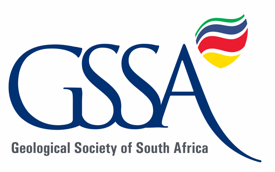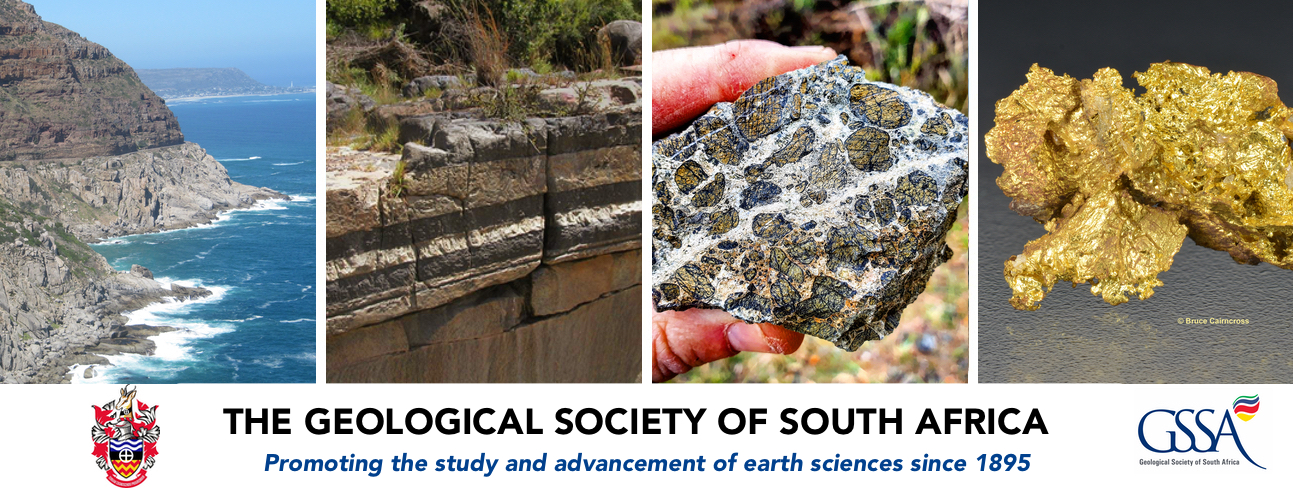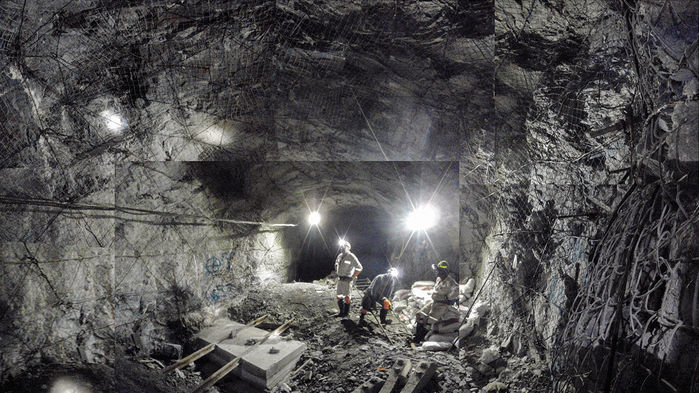Deep in a South African gold mine, scientists drill for the heart of an earthquake
Paul Voosen writes in the AAAS Journal “Science”, thatscientists areset to begin drilling a 750-meter-deep hole this week from the bottom of the Moab Khotsong mine, located some 180 kilometers southwest of Johannesburg.. Three years ago, a magnitude-5.5 earthquake erupted from a previously unknown fault beneath the mine. Aftershocks continue. The $1.6 million project, if successful, could reveal the internal workings of what may be a “fresh” fault: one that has experienced its first earthquake. Unsullied by previous quakes, the fault could yield new insights into how quakes unfold—and how humans can inadvertently trigger them.
The international project, dubbed Drilling into Seismogenic Zones (DSeis) and backed by the International Continental Scientific Drilling Program, is the brainchild of several lbuterol Japanese researchers who have been working in South Africa since 1991. Other efforts to drill into active faults, such as the San Andreas in California or the Alpine in New Zealand, have cost tens of millions of dollars and yielded one or two cores. In South Africa’s mines, the researchers saw a quick and relatively cheap way to get a detailed look at the fracturing rock that generates earthquakes. “In Japan, we couldn’t easily access the seismic source,” says Yasuo Yabe, a geologist at Tohoku University in Sendai, Japan, fresh from a trip down the mine. “Here people are going in and out daily.”


